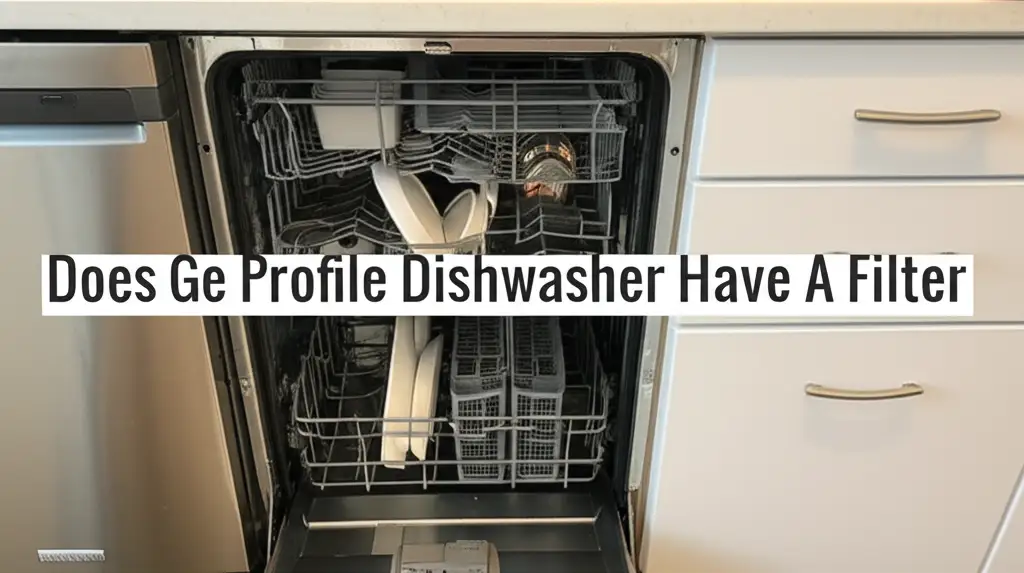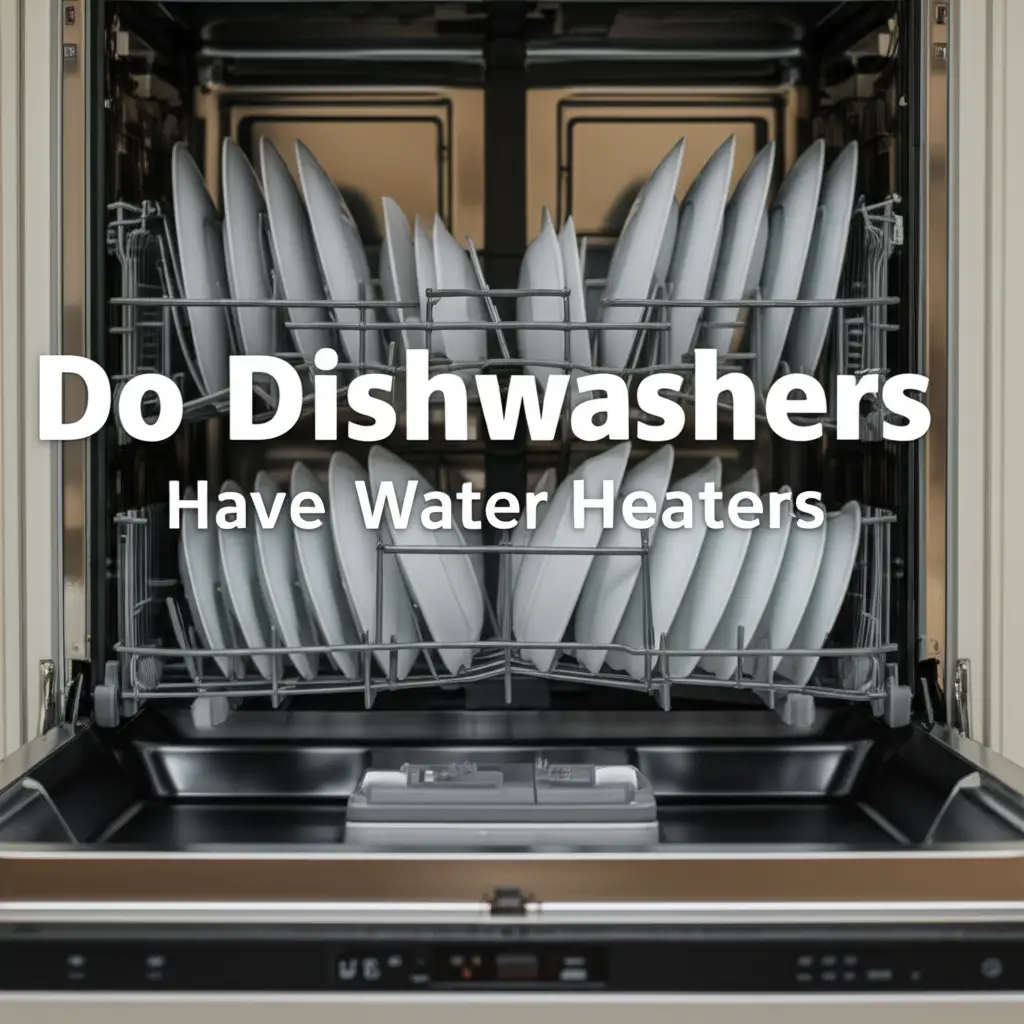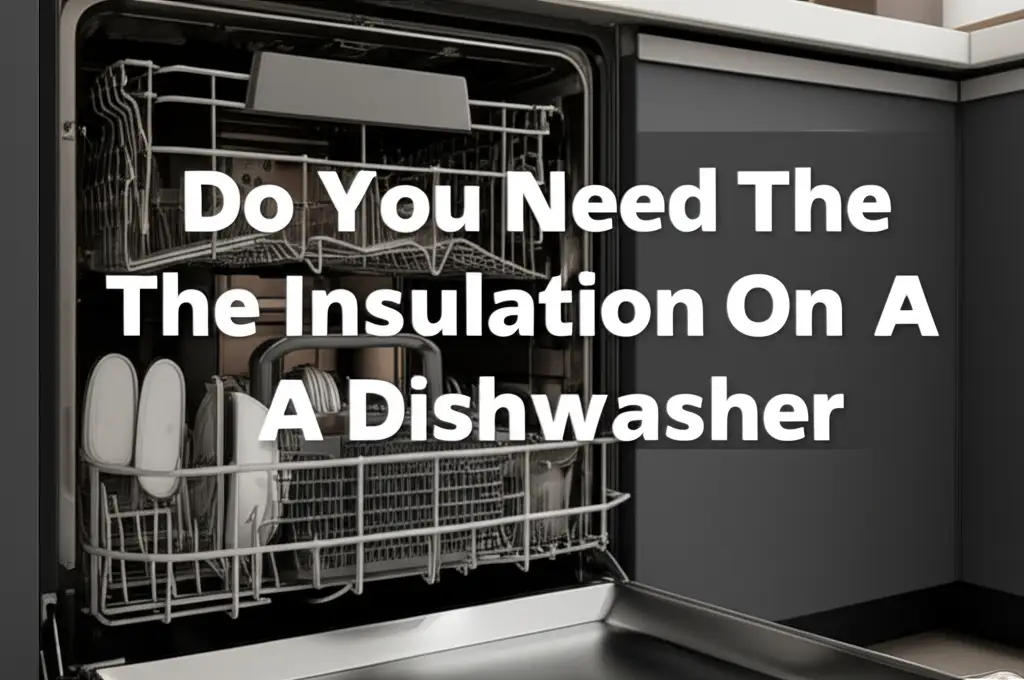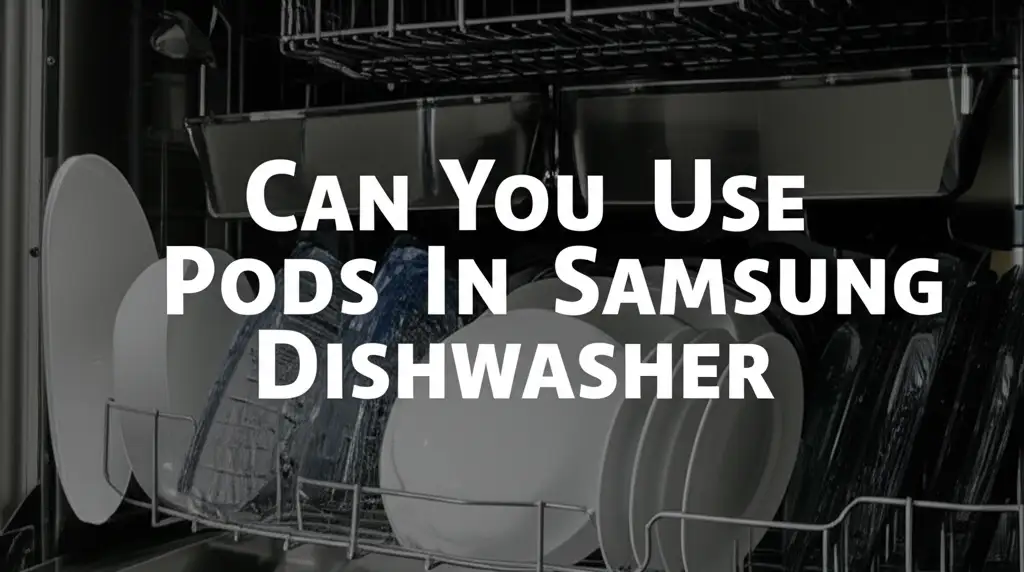· Mason Everett · Home Appliances · 15 min read
How To Use Gas Range Oven For The First Time
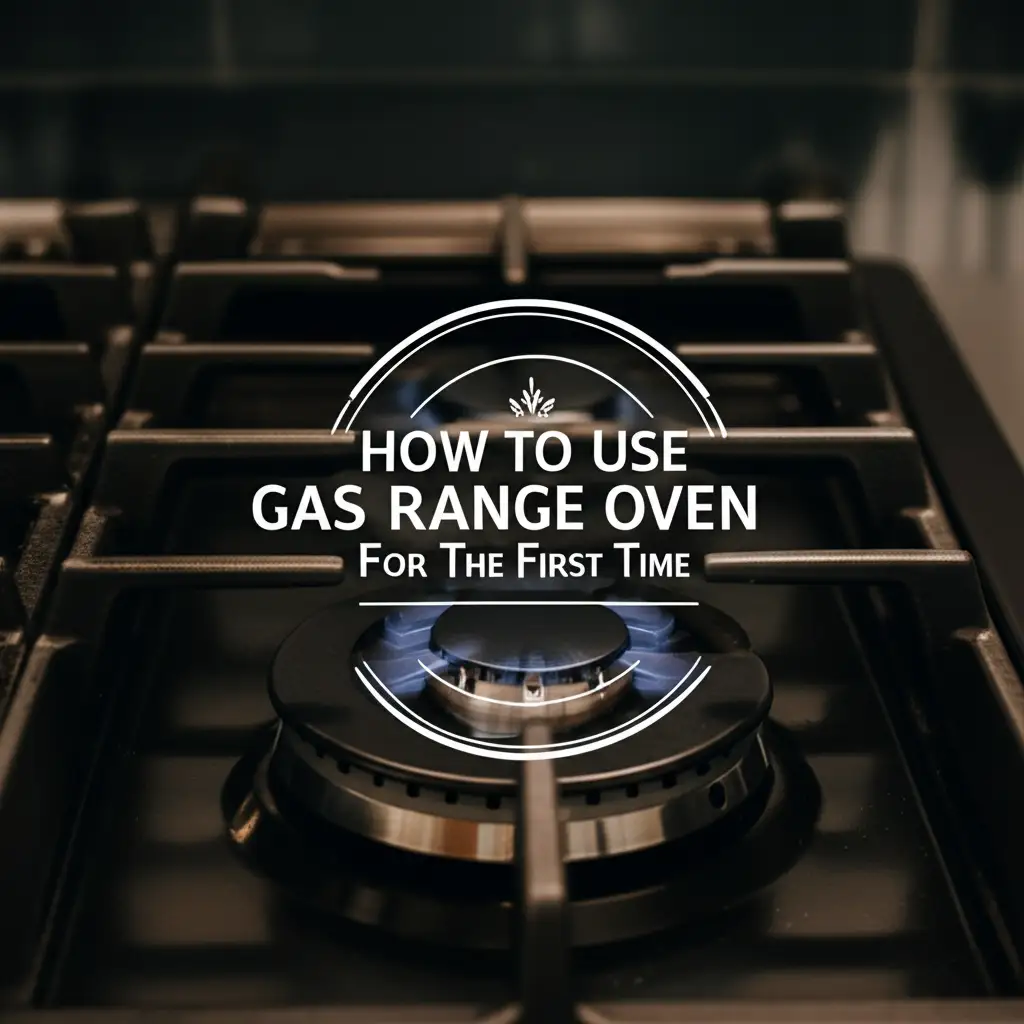
Using Your Gas Range Oven for the First Time: A Guide
Starting to use a new gas range oven feels exciting. You can cook many dishes, from simple weeknight dinners to special occasion treats. Gas ovens offer distinct benefits, like quick preheating and moist cooking environments. They cook food in a unique way compared to electric models. Learning how to use a gas range oven for the first time is easy with the right steps. This guide helps you understand every part of the process.
This article shows you the key steps for safe and effective gas oven use. We will cover important safety checks, explain oven controls, and discuss proper preheating techniques. You will also learn about cooking your first meal and simple maintenance tips. By the end, you will feel confident using your new kitchen appliance.
Takeaway
- Check for gas leaks and ensure proper kitchen ventilation before use.
- Perform an initial burn-off cycle to remove factory odors and residues.
- Learn your oven’s specific controls for temperature setting and functions.
- Always preheat the oven completely for even cooking results.
- Clean your oven regularly to maintain performance and safety.
Using a gas range oven for the first time requires careful attention to safety. Understand its controls, properly ventilate your kitchen, and conduct an initial burn-off to prepare the appliance. Preheat correctly and place food on the right rack for best cooking results.
Understanding Your Gas Range Oven
Gas ovens operate by burning natural gas or propane to create heat. A burner, located at the bottom of the oven cavity, ignites the gas. This ignition process often creates a soft “puff” sound as the flame starts. The heat then spreads throughout the oven, warming the air and cooking your food.
Different parts make up your gas oven. The main oven cavity is where food cooks. Inside, you will find adjustable racks. These racks hold your baking sheets and dishes. The door seals the oven, keeping heat inside. On the front panel, you see controls. These controls let you set temperature and select cooking modes. Some ovens also have a broiler. This part uses direct top heat for browning.
Gas ovens distribute heat differently than electric ones. The heat source is at the bottom. This can make the bottom of your food cook faster or get crispier. Understanding this helps you adjust your cooking. For example, you might use lower racks for browning the bottom of a pizza. You might use higher racks for gentler cooking.
Safety features are built into gas ovens. A common one is the automatic gas shut-off. If the flame goes out, the gas supply stops. This prevents gas from filling your kitchen. Always check your oven’s manual to learn about its specific features. Knowing your oven parts helps you use it well.
When you know how each component works, using your gas oven becomes simpler. This knowledge builds your confidence. You can then focus on preparing delicious meals. Your gas range oven is a powerful tool for home cooking.
Essential Safety Measures for Gas Ovens
Safety must be your top priority when you use a gas oven. Gas can be dangerous if not handled correctly. Always check for any gas smell before or during use. A faint gas smell can happen when the burner first ignites, but it should disappear quickly. If you smell strong gas, turn off the oven and open windows. Do not use the oven until the smell is gone. If the smell remains, call a professional.
Proper ventilation is also very important. Gas ovens produce combustion byproducts. These can include carbon monoxide, an odorless gas that is harmful. Always use your range hood when the oven is on. The ventilation system removes fumes and keeps your air clean. Ensure your kitchen has good airflow. Open a window if you do not have a range hood, or if your hood is not powerful enough.
Before cooking, inspect the gas line connection behind the oven. It should be secure and free from kinks. You can perform a soap and water test for small leaks. Mix dish soap with water to make bubbles. Apply this mixture to the gas line connection points. If you see bubbles forming, it indicates a gas leak. Turn off the gas supply immediately and contact a qualified technician. Never ignore a gas leak.
Also, be aware of hot surfaces. The oven door, racks, and outer surfaces get very hot. Use oven mitts always when reaching into the oven or handling hot dishes. Keep children and pets away from the oven during operation. If your range hood is old or not working well, consider if it’s time to replace your range hood to ensure proper ventilation. Taking these safety steps protects you and your home.
First-Time Setup and Initial Burn-Off
Before you cook any food, your new gas oven needs an initial setup. This step is often called the “burn-off.” New ovens come with a protective coating and manufacturing oils. These substances can produce an unpleasant smell and smoke when first heated. The burn-off process removes these residues.
To start the burn-off:
- Remove everything from inside the oven: Take out all racks, baking sheets, and packaging materials. Check the oven cavity carefully.
- Open a window and turn on your range hood: Good ventilation is crucial. The burn-off will create smoke and odors.
- Set the oven to a high temperature: Most manuals recommend 350-400°F (175-200°C). Check your oven’s specific manual for the recommended temperature and duration.
- Let the oven run for 30-60 minutes: The smell and smoke will likely be strongest at the beginning. It should lessen over time. Stay in the area to monitor the oven during this process.
- Turn off the oven and let it cool: Keep the window and range hood on until the smell completely dissipates.
This first burn-off ensures that any unpleasant odors do not transfer to your food later. It also helps condition the oven for future use. You might need to repeat the burn-off if a strong smell returns during the first few uses. This is normal for a new appliance. After the burn-off, your oven is ready for cooking. Ensure all components, like the gas stove burner nozzle, are clean and functioning before regular use. This simple step prepares your oven for many meals.
Operating Gas Oven Controls
Understanding your gas oven’s control panel is a fundamental step. While designs differ, most gas ovens share common controls. You will usually find knobs or a digital panel. These let you set the temperature, choose cooking functions, and manage the oven timer.
- Temperature Dial/Buttons: This is the most used control. You turn a knob or press buttons to select your desired cooking temperature. Temperatures are usually in Fahrenheit or Celsius. Your oven’s preheat indicator light or sound will signal when it reaches the set temperature.
- Function Selector: Some ovens have different cooking functions. Common options include:
- Bake: This is standard oven cooking, using heat from the bottom burner.
- Broil: This uses direct heat from a top burner for browning. Use this for quick searing.
- Convection Bake (if available): This uses a fan to circulate hot air. It cooks food faster and more evenly.
- Self-Clean: This is a high-temperature cycle that burns off food residues. Use this only when recommended and with proper ventilation.
- Timer Controls: Many ovens include a built-in timer. You can set it to count down cooking time. Some timers also have a delay start feature. This lets you set the oven to turn on at a later time.
To turn on the oven, you generally push in and turn the temperature knob to your desired setting. You might hear a clicking sound as the igniter sparks. The gas will then ignite. If you have a digital panel, you might press “Bake” and then input the temperature. Always refer to your oven’s specific user manual. It contains precise instructions for your model. Knowing your controls well helps you cook with precision.
Preheating and Rack Placement for Best Results
Proper preheating is critical for successful cooking in any oven, especially a gas one. Gas ovens usually preheat faster than electric models. However, they can also have more temperature variations inside. You must let your gas oven reach its set temperature fully before placing food inside. This ensures even cooking and accurate recipe results.
Steps for Preheating:
- Set the temperature: Turn the control to your recipe’s required temperature.
- Wait for the signal: Most ovens have an indicator light or an audible signal. This tells you when the oven reaches the set temperature.
- Add extra time: After the signal, wait another 10-15 minutes. This allows the oven walls and air to stabilize at the correct temperature. It also helps the heating elements cycle on and off to maintain heat. This extra wait improves cooking consistency.
Rack Placement: Rack position affects how food cooks. Since gas ovens heat from the bottom, understanding rack placement is key.
- Lower Rack: Use this for dishes that need a crispy bottom, like pizzas, pies, or bread. Heat is most intense here.
- Middle Rack: This is the general-purpose position. It provides the most even heat for most baking and roasting. Cookies, casseroles, and sheet pan dinners often do well here.
- Upper Rack: Use this for delicate items that might burn on the bottom or for browning the top. Broiling also uses this rack.
Always check your recipe for recommended rack positions. If no position is specified, the middle rack is usually a safe choice. For example, if you want to bake in a Wolf oven, the principles of preheating and rack placement apply universally. Adjusting rack height helps you control heat distribution. This gives you better cooking outcomes every time.
Cooking Your First Meal in a Gas Oven
Now that your gas oven is ready, it’s time to cook! Starting with a simple dish is a good idea. This lets you get comfortable with your oven’s heat and how it cooks. Roasting vegetables or baking simple cookies are excellent first choices. They are forgiving and help you learn.
Choose a recipe that matches your skill level. Read the entire recipe before you start. Gather all your ingredients and tools. This practice is called “mise en place.” It makes cooking smoother and less stressful. Make sure your baking dishes are oven-safe. Glass, ceramic, or metal baking pans are suitable.
Once your oven is fully preheated, carefully place your food inside. Use oven mitts to avoid burns. Center the dish on the rack. Avoid crowding the oven, as this can block airflow and lead to uneven cooking. Give your food space to breathe.
During cooking, avoid opening the oven door too often. Each time you open it, heat escapes. This can extend cooking times and affect the outcome, especially for baked goods. Use the oven light to check on your food. If you must open the door, do it quickly.
Remember that gas ovens can sometimes have hot spots. Your first few uses might involve a little trial and error. If one side of your dish browns faster, rotate it halfway through cooking. This helps ensure even results. As you cook more, you will learn your oven’s unique characteristics. You will become better at judging cooking times. Enjoy the process of creating delicious food in your new gas oven.
Common Gas Oven Issues and Simple Fixes
Even with the best preparation, you might encounter minor issues with your gas oven. Knowing common problems and their simple fixes can save you frustration. Most oven issues have straightforward solutions.
One common problem is the oven not heating up. First, check if the gas supply valve is fully open. Sometimes, it gets accidentally turned off. If the gas is on, listen for the igniter clicking. If you hear clicking but no flame, the igniter might be weak or dirty. You might also find your oven is too hot troubleshooting is needed if it’s overcooking food. If the oven simply won’t heat, consider resetting your oven by turning off the circuit breaker for a few minutes and then turning it back on.
Another issue can be uneven cooking. If one side of your food burns while the other is undercooked, this means your oven has hot spots. All ovens have some hot spots, but gas ovens can be more noticeable. Try rotating your dishes halfway through cooking. You can also buy an inexpensive oven thermometer to check the actual temperature inside. If the oven temperature is consistently off, it might need calibration. This usually involves adjusting a setting on the control panel, as detailed in your user manual.
A strong gas smell that does not go away is a serious concern. If you smell gas, turn off the oven and the gas supply valve. Open windows for ventilation. Do not use the oven until the smell is gone. Call a gas service professional immediately. Do not try to fix a gas leak yourself.
Burner issues on the stovetop part of the range can also occur. If a burner isn’t lighting, check if the burner cap is correctly placed. Sometimes, food debris clogs the burner ports. Gentle cleaning can fix this. These simple troubleshooting steps help keep your oven working well.
Cleaning and Basic Maintenance for Longevity
Regular cleaning and basic maintenance keep your gas oven working well for years. A clean oven is safer and more efficient. It also helps prevent unpleasant odors from burnt food residues. Making cleaning a routine saves effort later.
Daily and Weekly Cleaning:
- Wipe spills immediately: As soon as the oven cools down, wipe up any food spills. This prevents them from baking on and becoming harder to remove. Use a damp cloth and mild dish soap.
- Clean oven racks: Remove the racks and wash them in your sink with hot, soapy water. For tough grease, you can soak them. For example, knowing how to clean gas stove grates can provide ideas for cleaning your oven racks.
- Wipe the door: Clean the inside and outside of the oven door with a non-abrasive cleaner. Remove fingerprints and food splatters.
Deep Cleaning (Every Few Months or As Needed):
- Self-clean cycle: If your oven has a self-cleaning feature, use it according to the manual. This cycle heats the oven to a very high temperature. It turns food residue into ash. Ensure good ventilation during this cycle. Remove racks before starting.
- Manual deep clean: If you do not have self-clean, or prefer a manual approach, use oven cleaner. Follow product instructions carefully. Wear gloves and ensure proper ventilation. Apply the cleaner, let it sit, then wipe thoroughly.
Maintenance Tips:
- Check the door seal: The gasket around the oven door keeps heat inside. Inspect it for cracks or tears. A damaged seal lets heat escape, making your oven less efficient. Replace it if needed.
- Inspect the igniter: Keep the area around the igniter clean. Food debris can block it, causing ignition problems.
- Avoid aluminum foil on the oven bottom: This can trap heat and damage the oven liner or block the burner.
- Professional check-ups: Consider a professional inspection every few years. They can check gas connections and overall oven health.
By cleaning your gas oven regularly, you ensure it performs optimally. Proper maintenance prevents issues and extends the life of your appliance. A well-maintained oven makes cooking more enjoyable and reliable.
FAQ Section
How long does it take for a gas oven to preheat? Gas ovens generally preheat faster than electric ovens. It typically takes about 10-15 minutes to reach temperatures like 350-400°F (175-200°C). Always wait for the oven’s indicator light or sound. Then, add another 5-10 minutes to ensure the oven is fully saturated with heat for best results.
Why does my new gas oven smell bad when I first use it? New gas ovens often have a “new appliance” smell. This comes from manufacturing oils, protective coatings, and insulation materials. It burns off during the initial use, known as the “burn-off” process. This smell is normal and will go away after one or two uses.
Can I bake cakes and cookies in a gas oven? Yes, you can absolutely bake cakes and cookies in a gas oven. Gas ovens often create a moist heat. This can be good for baking items that need to stay soft, like cakes. Just be aware of potential hot spots and consider rotating your baked goods halfway through cooking for even browning.
Is it safe to leave the oven light on during cooking? It is generally safe to leave the oven light on for short periods to check on food. However, leaving it on for the entire cooking duration can shorten the bulb’s life. It can also add a tiny amount of extra heat inside the oven. Use it briefly to monitor progress.
What should I do if I smell gas near my oven? If you smell a strong gas odor, turn off the oven immediately. Open windows and doors to ventilate the area. If the smell persists, turn off the main gas supply to your home if you know how. Do not turn on any electrical switches or use phones. Leave the house and call your gas company or emergency services from a safe location.
How often should I clean my gas oven? The frequency of cleaning depends on how often you use the oven. Wipe up spills immediately after each use. A light cleaning every week or two is good. A deep clean using a self-clean cycle or oven cleaner is needed every few months, or when you notice significant buildup.
Conclusion
Learning how to use a gas range oven for the first time opens up a world of cooking possibilities. We covered essential steps, from understanding your oven’s parts to performing the initial burn-off. We also discussed crucial safety measures, operating controls, and the importance of proper preheating and rack placement. Mastering these basics ensures successful cooking and a safe kitchen environment.
Remember that practice makes perfect. Your gas oven might have its quirks, but with each meal you prepare, you will grow more comfortable. Always prioritize safety by checking for gas leaks and ensuring good ventilation. Keep your oven clean and perform basic maintenance for its longevity. Now, step into your kitchen with confidence. Experiment with new recipes, try different cooking methods, and enjoy the delicious results from your gas range oven. Happy cooking!


